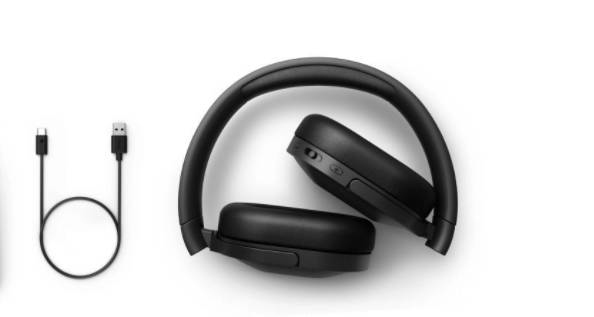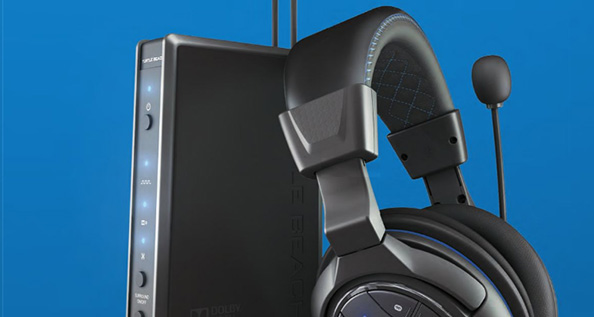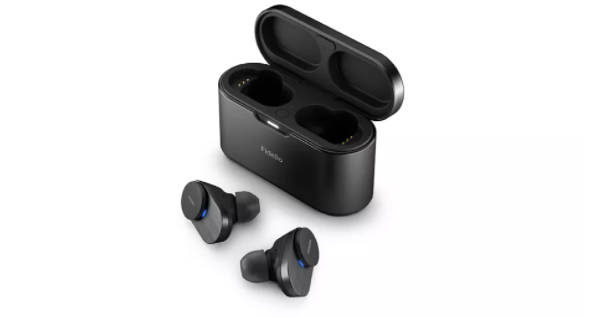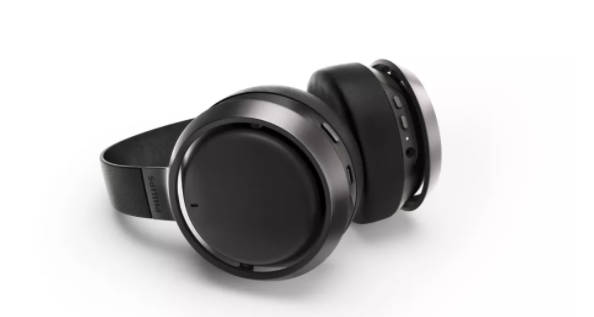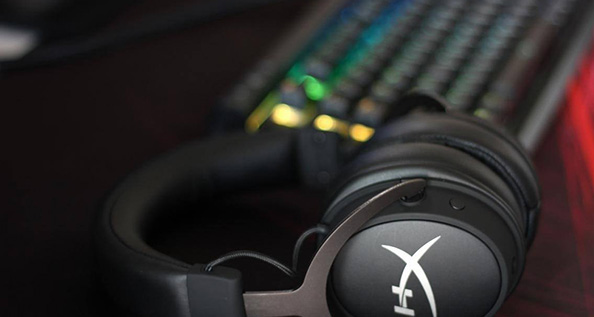Audio-Technica ATH-M60x
Compact On-Ears for Monitoring and HiFi Enthusiasts
Audio-Technica ATH-M60x
Compact On-Ears for Monitoring and HiFi Enthusiasts
The ATH-M60x continues the successful ATH-M series from Japanese manufacturer Audio-Technica with a handy, closed on-ear model that is suitable for both studio and broadcasting, though falls shorts in mobile use. A novelty of this model is likely to be the switchable volume limit for the purpose of ear protection, which sets it apart from others.
Compared to the established studio earphones with over-ear construction, these on-ears look quite delicate and light. The suspension of the headphone shells is a bit reminiscent of the Beyerdynamic DT models and the quality of the wear comfort is similar, although the size, shape and upholstery are clearly different. In other words, you can work with the headphones for several hours or listen to music without the need to take a break. There is little pressure, so that the on-ears sit loosely, however, they may even fit too loosely on narrower head shapes.
In mobile applications, there are limitations in this regard, while in stationary operation, the comfort of wearing due to the adaptability of the shells on both axes and a broad, resilient upholstery made of imitation leather is very pleasant. The ear and ironing padding is exchangeable and can be changed if necessary. Otherwise, the headphones are made of plastic and metal, look robust and solidly manufactured. Even the supplied cables in three different designs (short, long and spiral) give a high-quality impression and reinforce the positive overall look. To anchor the replaceable cables, the system has a locking mechanism so that there is a strong bond between the headphones and the cable. On the other hand, it is disadvantageous that not every cable can be used because the circumference of the mini-jack plug is limited to a maximum of 4.5 mm.
Optional Volume Limit
On the top of the left earphone shell is the level limiter, which allows the maximum volume of the ATH-M60x to be reduced to 105dB. This level is more than enough to have fun listening to music, which is why I think the choice is a success. Under normal listening conditions, this type of restriction does not interfere with work nor does it diminish the private listening experience. However, especially with prolonged listening, it can protect against ever-increasing levels that burdening the ear. In this respect, I think this device very welcome in the professional field, especially since the level limit can be deactivated if necessary, so that, for example, in a noisy environment, a higher output is available, because the system itself has high volume reserves. Since the limitation must be made in the form of a small submerged slider with a tool or sharp object, the function cannot be accidentally turned on or off. In my opinion, this is a great feature.
Sound Quality
The on-ears are engaging, direct and dynamic. The sound is bright and warm, balanced and clear. The bass does not appear accentuated, but always present and well defined. The middles sound very tidy, rich in detail, have depth and radiate a clear, powerful presence, while the treble sounds open and light—a very appealing listening experience that can easily cater to sophisticated hi-fi requirements. In terms of musical style, this headphone is also quite variable. I noticed only that the ATH-M60x can, in older recordings from the 60s and 70s, tend to unusually exaggerated positions in the stereo panorama, which make the playback seem unnatural. By contrast, this phenomenon does not exist in modern productions. On the contrary, here the stereo image, even if it does not seem very large, is fanned out and gapless.
Given the required sound quality, precise depth graduation and the ability to uncover merciless errors and faults in the material, the ATH-M60x is recommended as a good all-rounder, especially for smaller studios. In addition, since the on-ears allow a quick quality assessment, these strengths may also appeal to the DJ Group. Another strength lies in checking and estimating the timing and the tightness because even rhythm problems can be heard precisely through the on-ears. For mixing, I’d favour a more neutral headset like Beyerdynamics DT-990 Pro, but that’s also a matter of personal taste.






